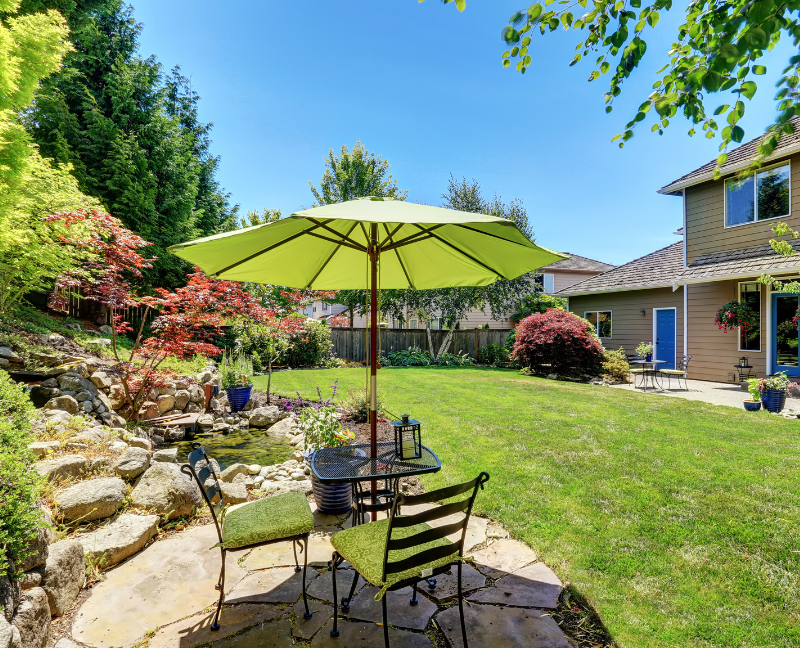Home staging refers to getting a house ready for the market by decorating and organizing its contents in such a way that it would appeal to prospective buyers.
In this post, you will learn how to do home staging and the essential details and tips you need to know when it comes to home staging.
Why Is Home Staging Necessary When Selling A Property?
Home staging is not a requirement however, it is a helpful step that can create a warm, inviting, and visually appealing setting, enabling potential purchasers to picture themselves living there.
The purpose of home staging is to draw attention to the positive aspects of a given property.
When staging various parts of a house, some helpful suggestions and methods can help increase the property's appeal to prospective purchasers.
How To Do Home Staging?
Getting rid of the clutter in the room and making it look and feel tidy are critical steps in the process. Take out all of your personal belongings (such as picture frames and medals), any surplus furniture, and any decorations that aren't necessary. Doing this allows potential buyers to visualize what they want to do in the space as they are not distracted by a crowded layout or any personal belongings.
Another way to improve the place is by adding warmth and personality to the room. Use neutral hues and stylish accessories, and place the furniture in a way that encourages flow and conversation.
Improving a property's appearance from the street is another strategy to stage it so that it seems as appealing as possible. This includes improving the property's exterior, such as landscaping, and ensuring the entry is inviting. First impressions are extremely important, and a properly maintained and aesthetically pleasing surface can significantly impact how a prospective buyer perceives the house.

Home staging also requires selecting and arranging furniture. Property owners should use furniture that matches the space's style and size. Organizing furniture to showcase space functioning and flow can also help buyers imagine living in the house they buy. A friendly, lived-in sense is crucial, but buyers need space to explore and visualize their stuff.
Lighting is essential in home staging. The vendors should maximize the natural light by drawing back the drapes and shutters and ensuring the windows are spotless. In addition, the strategic application of artificial lighting, such as lamps and spotlights, can contribute to developing a cozy and welcoming ambiance. In general, well-lit rooms give the impression of being more prominent and are more desirable to prospective buyers.
Furthermore, finishing touches and a friendly atmosphere can boost a property's attractiveness. This can be done with fresh flowers, scented candles, and decorative items. Cleaning and maintaining the property might improve purchasers' perception of its desirability.
Home staging may dramatically raise the property's perceived worth and attract potential purchasers, and this can be done by showing the home in the best possible light. Learn more tips on how to do home staging in Part 2.

